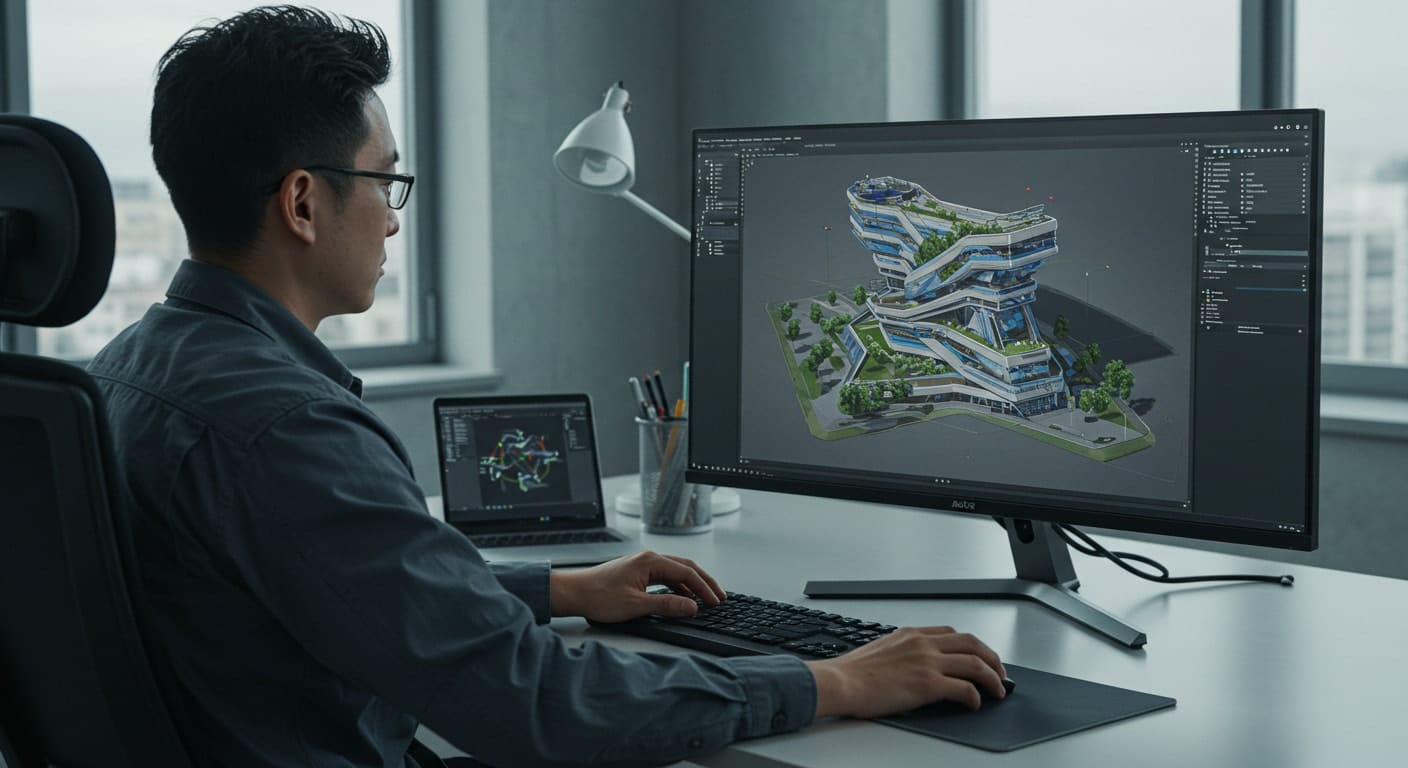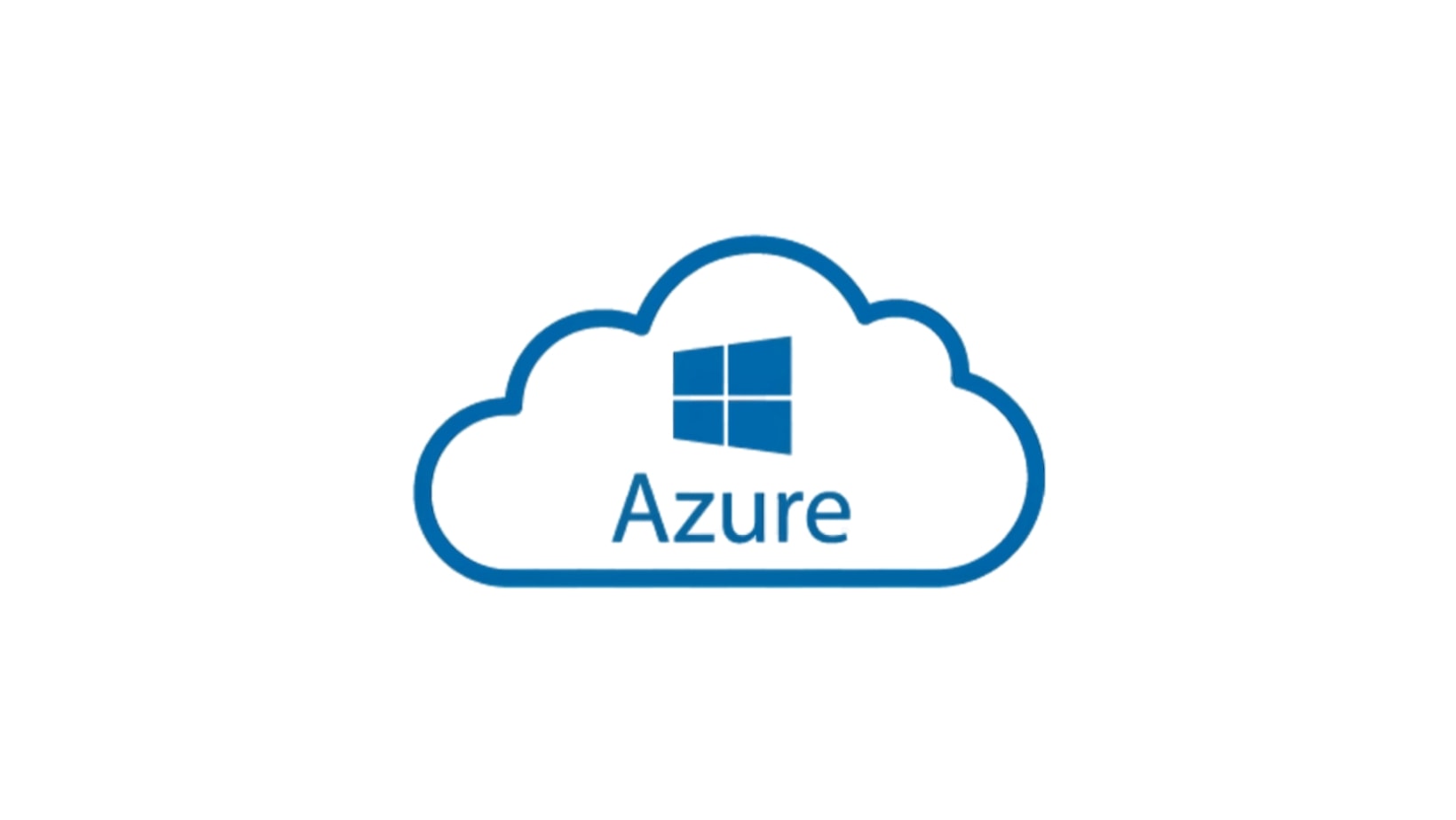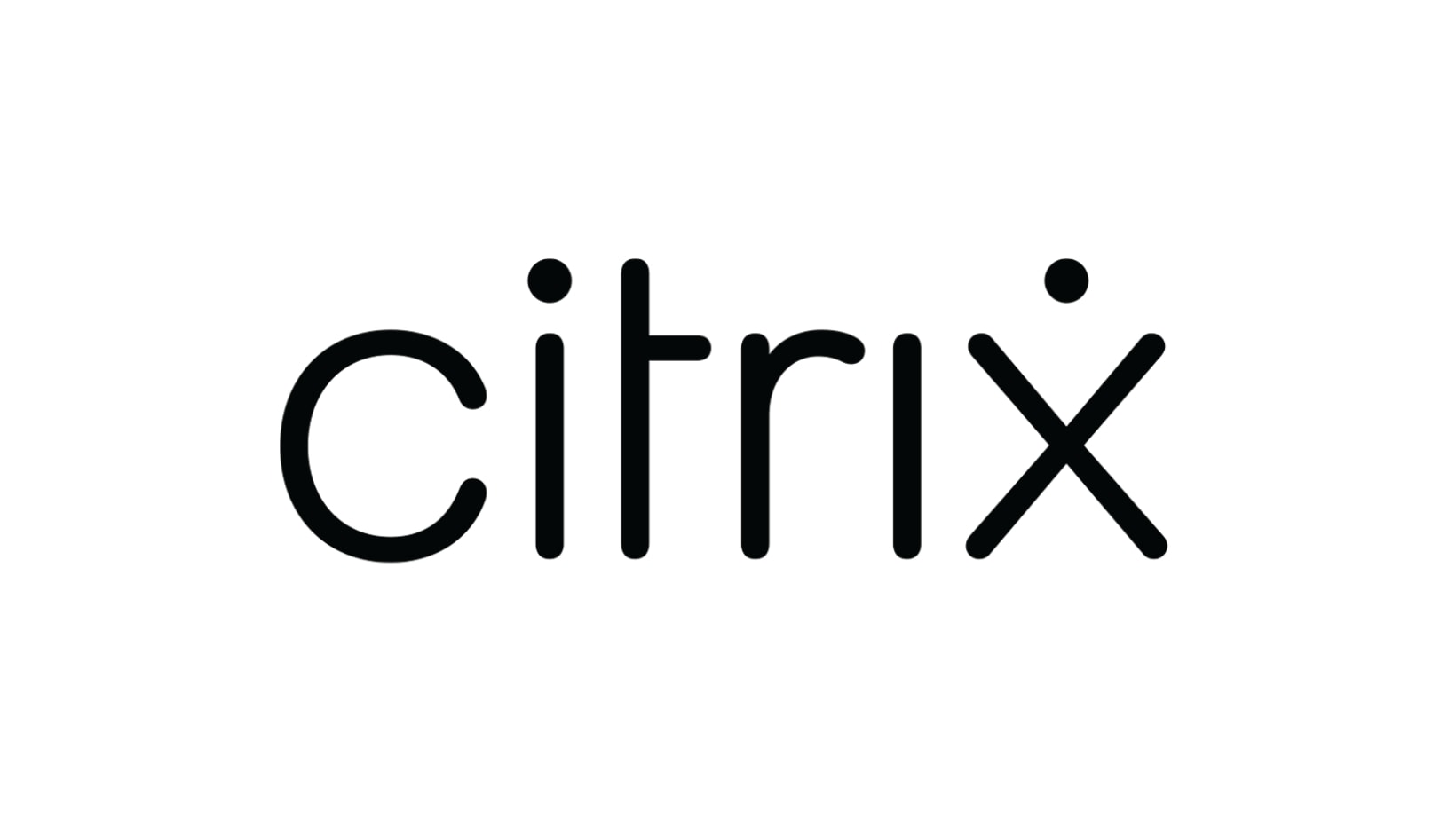AutoCAD isn’t just another design tool — it’s the backbone of countless engineering, architecture, and construction workflows. The software is powerful, but it’s also demanding. Large files, GPU-heavy rendering, and real-time collaboration require a reliable and high-performance environment. And when you’re working remotely or across multiple teams, relying on traditional desktops can limit what you can get done.
This is where virtual desktop infrastructure (VDI) enters the picture. VDI gives you a way to deliver full desktop experiences — including AutoCAD — through the cloud. But not every virtual desktop platform is up to the task. Some struggle with performance, while others fall short on compatibility or user experience.
If you’re using AutoCAD, you need more than just remote access. You need a virtual desktop solution that’s fast, secure, scalable, and optimized for design work. Let’s break down what the best VDI solution for AutoCAD looks like — and explore which platforms actually delivers as the best VDI solution for AutoCAD.
What Makes AutoCAD Unique in a Virtual Environment
AutoCAD is a demanding, professional-grade application built for precision, performance, and complexity. Running it on a basic virtual desktop setup often results in lag, compatibility issues, or even system errors.
Here’s what sets AutoCAD apart in a virtualization environment:
- Graphics-Intensive Workflows
Requires real-time rendering, 3D modeling, and smooth navigation—all dependent on strong GPU acceleration. - Large File Sizes
Drawings, blueprints, and models can be massive. Slow file access or sync delays can derail collaboration and productivity. - Tool and Plugin Dependencies
Many users rely on custom tools, extensions, or LISP routines. A VDI must support full plugin compatibility without breaking workflows. - Seamless Collaboration
Teams working in different locations need instant file updates and smooth co-authoring without version conflicts. - Security Sensitivity
Projects often include confidential designs and proprietary data, requiring robust security like multi-factor authentication and encrypted file access.
To deliver a reliable experience, an AutoCAD VDI solution must go beyond virtualization—it must replicate the feel of a local, high-spec machine, but with the added flexibility of the cloud.
Key Features to Look for in a VDI for AutoCAD
When evaluating a virtual desktop infrastructure (VDI) for AutoCAD, it’s essential to look at more than just whether it “runs” the software. You’re looking for performance, compatibility, and security at scale.
Here’s what to focus on:
1. Performance & Resource Management
- GPU Acceleration
- Vital for 3D rendering, orbiting, and live updates.
- Look for platforms that offer dedicated GPU-backed VMs (virtual machines).
- Scalability
- As projects grow in size or complexity, your VDI must adapt.
- Choose a platform with elastic scaling of CPU, memory, and GPU resources.
2. Access & Flexibility
- Cloud-Based Access
- Allows you to work from any device—laptop, desktop, or thin client.
- Reduces dependency on physical workstations or specific locations with virtual desktops.
- Cross-Device Support
- Ensure compatibility across Windows, macOS, and browser-based environments.
3. Security & Compliance
- Multi-Factor Authentication (MFA)
- Adds an essential layer of enhanced security, especially for remote teams.
- Encrypted File Transfer
- Protects sensitive files while syncing or accessing from the data center.
4. Software Support
- Plugin & Tool Compatibility
- Must support the latest version of AutoCAD, plus all third-party tools or industry-specific extensions.
- Real-Time File Sync
- Enables teams to work concurrently without overwrite risks.
In short, the best VDI solution for AutoCAD isn’t just one that runs—it’s one that empowers. It should speed you up, not slow you down.
What Your AutoCAD VDI Must Include
| Feature | Why It Matters for AutoCAD Users |
|---|---|
| GPU Acceleration | Enables high-speed rendering and 3D modeling |
| Cloud-Based Access | Work on designs from any device, anywhere |
| Multi-Factor Authentication | Adds a layer of enhanced security |
| Resource Scalability | Handles large files and concurrent users |
| Compatibility with Plugins | Supports real-world AutoCAD toolsets |
| Real-Time File Sync | Critical for seamless collaboration across locations |
Best VDI Solution for AutoCAD: Our Top Picks
Finding the right virtual desktop infrastructure (VDI) for AutoCAD is more than a tech decision — it’s a productivity investment. Not all platforms deliver the performance, compatibility, and security needed for CAD-heavy workloads. Here’s how the top platforms compare in 2025:
1. Apporto – The Best VDI Solution for AutoCAD
Apporto stands out as a cloud-native VDI built from the ground up for high-performance apps like AutoCAD. It offers GPU-accelerated virtual desktops with low latency and near-instant launch times. There’s no need for complex IT setups, physical servers, or hardware procurement — everything is delivered as a managed cloud service, accessible from any device.
What truly sets Apporto apart is its ability to provide a local-desktop-like experience, even over moderate internet connections. Built-in multi-factor authentication, real-time file sync, and cross-platform compatibility make it a secure and scalable solution for remote teams in the architecture and construction industry.
For teams tired of managing clunky infrastructure or babysitting Citrix configs, Apporto is the future-proof, maintenance-free alternative. It’s not just another VDI — it’s the one AutoCAD actually runs well on.
2. VMware Horizon (Omnissa)
VMware Horizon is a mature, enterprise-grade VDI solution with solid virtualization capabilities. It supports GPU pass-through, which can handle AutoCAD workloads, and integrates well with existing VMware infrastructure. However, setup and configuration are complex, and ongoing maintenance can require a dedicated IT team.
It’s a strong choice for large organizations already invested in VMware tools, but not the most agile or cost-efficient option for design teams looking to quickly spin up secure, high-performance environments.
3. Azure Virtual Desktop (AVD)
Azure Virtual Desktop offers deep integration with Microsoft services and flexible VM provisioning. AutoCAD users benefit from scalable cloud resources and access to Azure’s global data center network. However, performance depends heavily on configuration — and costs can balloon without careful usage tracking.
While AVD does support GPU-enabled instances, setup often involves manual tuning and advanced permissions management. For IT teams with cloud expertise, it’s a capable option. For others, the learning curve and cost unpredictability can be a challenge.
4. Citrix Virtual Apps and Desktops
Citrix Virtual Apps has long been a go-to in the VDI space, known for its stability and wide integration capabilities. It supports AutoCAD, but often requires heavy infrastructure investment, complex configurations, and licensing that isn’t always transparent.
Latency and performance issues may arise if deployments aren’t tightly managed, especially for remote work scenarios with graphics-heavy workloads. It remains viable for legacy systems or large enterprises with dedicated IT departments — but may feel cumbersome for fast-moving teams that prioritize simplicity, speed, and modern tools.
Why Apporto Stands Out as the Ideal AutoCAD VDI
What makes Apporto the top AutoCAD VDI in 2025? It’s a blend of user experience, modern cloud infrastructure, and engineering foresight.
Here’s how it delivers:
- Cloud-Native Performance: Apporto leverages the cloud to deliver GPU-powered virtual desktops that feel indistinguishable from a local machine — no lag, no stutter, even when rendering complex models.
- Simple Setup, Zero Maintenance: No server management. No patching headaches. Apporto handles the backend so you can focus on design, not infrastructure.
- Built-In Security: Multi-factor authentication, encrypted sessions, and secure access protocols protect your files and projects from day one.
- Scalability Without Complexity: Spin up desktops for new users in minutes. As project needs grow, so do your resources — automatically.
- Full Compatibility: Apporto supports the latest version of AutoCAD and all essential plugins, extensions, and workflows — ensuring full software functionality with zero compromise.
For teams working across locations, managing heavy design workloads, or simply needing a smoother experience than legacy platforms can offer, Apporto delivers real advantages. It’s modern VDI built for modern design.
The Best VDI Solution for AutoCAD: Final Verdict
Not all virtual desktop solutions are created equal — especially when it comes to something as demanding as AutoCAD. Whether you’re an architect, engineer, or IT manager supporting a design team, your VDI platform should match the complexity of your projects without adding friction.
Apporto offers the performance, security, and scalability needed to support serious work — without the headaches. If you’re tired of managing infrastructure or dealing with sluggish rendering, it’s time to consider a solution designed for how you actually work.
Choose smarter. Choose faster. Choose a VDI that works as hard as you do. Try Apporto today!
Frequently Asked Questions (FAQs)
1. What is the best VDI solution for AutoCAD in 2025?
Apporto offers the best mix of performance, ease of use, and cloud scalability for AutoCAD users.
2. Does AutoCAD need GPU acceleration in VDI?
Yes. Smooth 3D modeling and rendering require a GPU-backed virtual machine.
3. Is Apporto better than Citrix for AutoCAD?
For most teams, yes — especially those seeking simplicity and better GPU performance.
4. Can I access AutoCAD on Apporto from any device?
Absolutely. Apporto supports access from laptops, desktops, and browsers.
5. Is Apporto secure enough for confidential designs?
Yes. It includes multi-factor authentication and encrypted file access by default.







